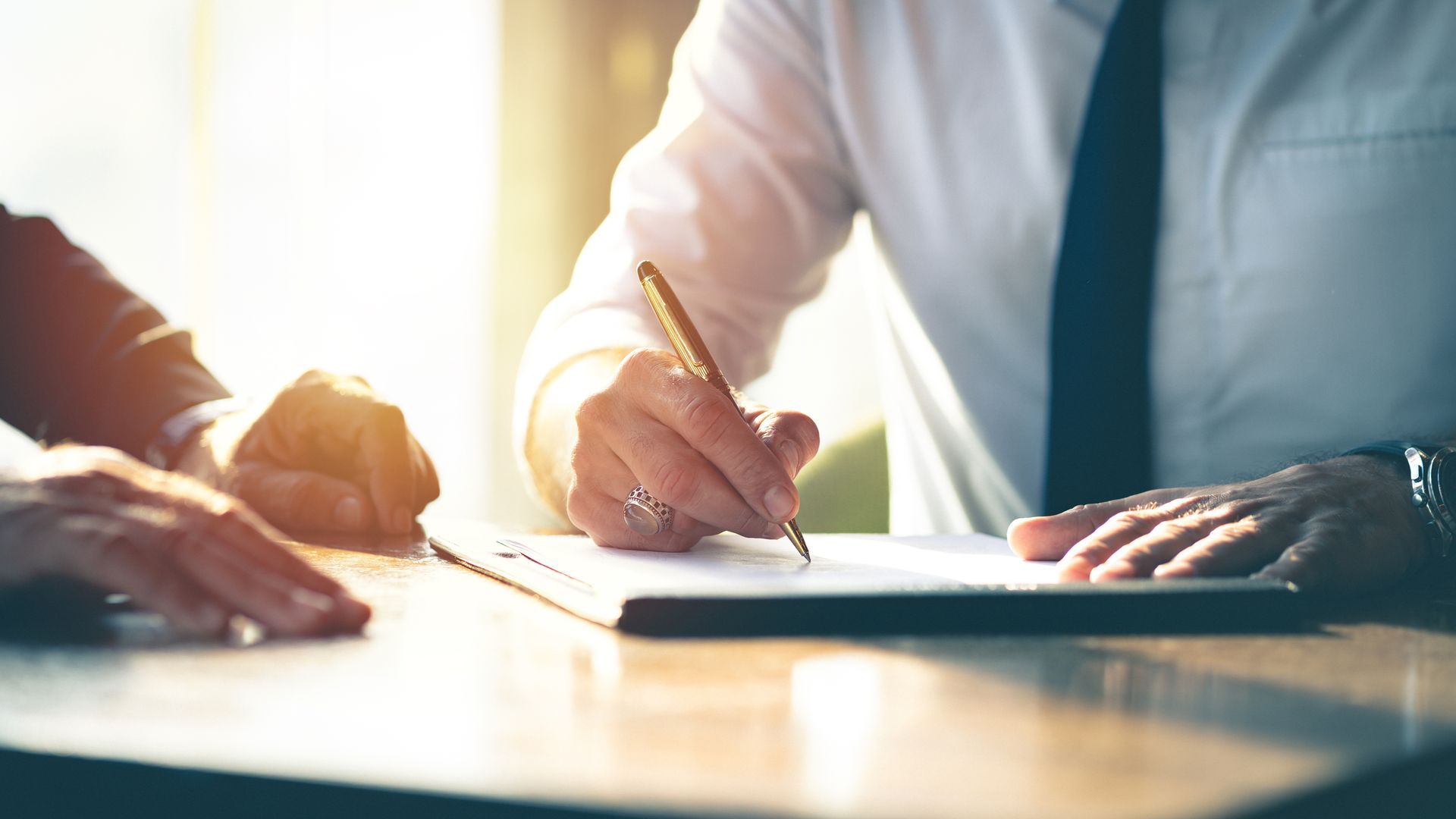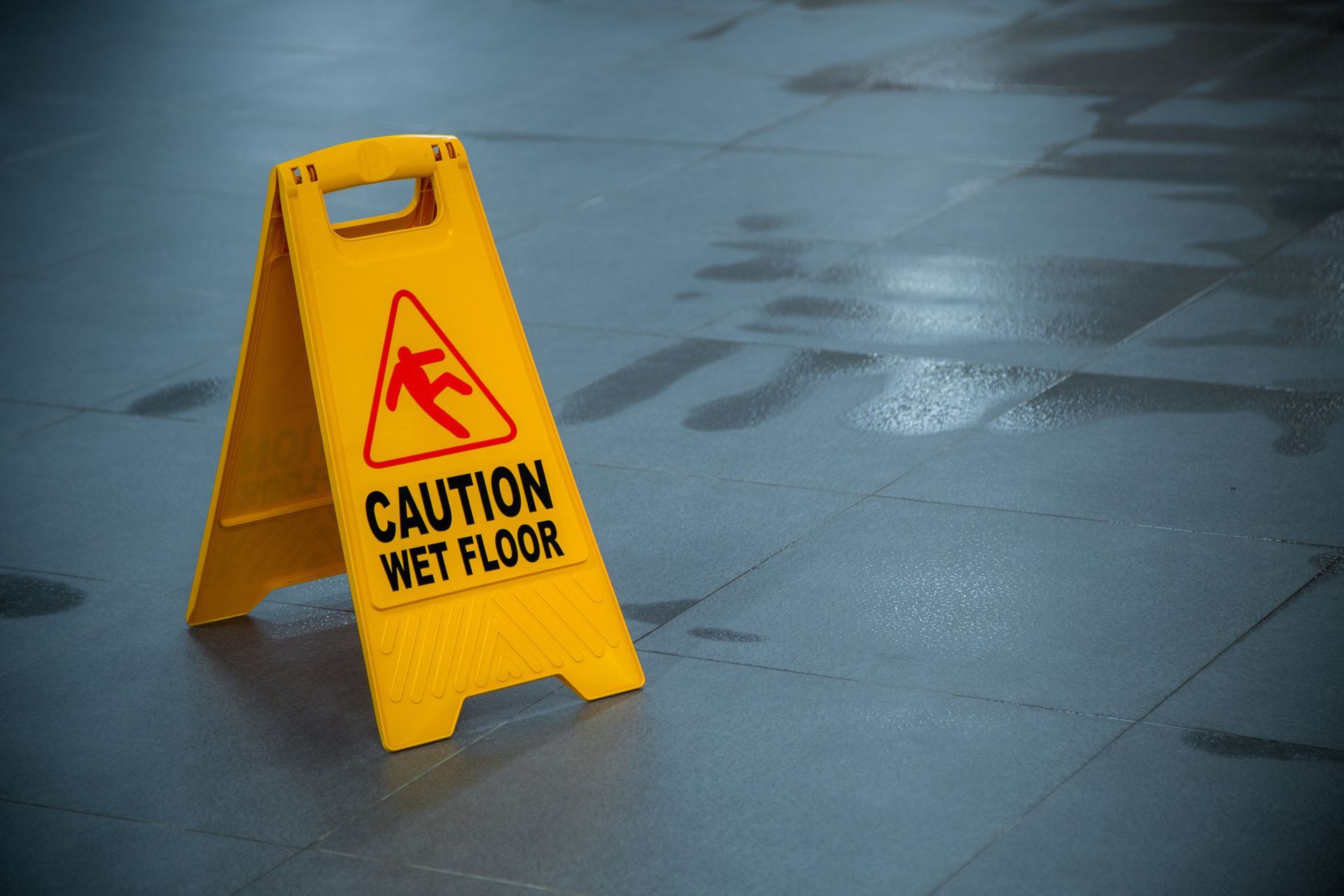Motorcycle accidents are traumatic events that can have lasting physical, emotional, and financial impacts on the victims. Unlike car accidents, where occupants have the protection of a vehicle's frame, motorcyclists are more exposed, often resulting in severe injuries. Understanding the legal steps and recovery tips after a motorcycle accident is crucial for ensuring that victims receive the compensation and support they need to recover fully. This article will explore the essential actions to take following a motorcycle accident, the legal avenues available, and practical recovery tips.
Immediate Steps After a Motorcycle Accident
Ensure Safety and Seek Medical Attention
The first and most critical step after a motorcycle accident is to ensure your safety and the safety of others involved. If you are able, move to a safe location away from traffic. However, if you suspect any serious injury, it is best to remain still and wait for medical assistance.
Even if you feel fine or believe your injuries are minor, seeking medical attention immediately is essential. Some injuries, like internal bleeding or concussions, may not be immediately apparent. Additionally,
obtaining a medical report is crucial for any future legal claims, as it provides documented evidence of the injuries sustained.
Contact the Authorities
After ensuring that you and others are safe, contact the police. A police report is a vital document that can serve as official evidence of the accident's occurrence and the circumstances surrounding it. The report may include witness statements, a description of the accident scene, and the officer's opinion on who was at fault. This information can be invaluable when filing an insurance claim or pursuing legal action.
Gather Evidence
If you are physically able, gather as much evidence as possible at the accident scene. This includes taking photographs of the scene, the vehicles involved, any visible injuries, road conditions, and any other relevant details. Exchange contact and insurance information with the other party involved, and if there are any witnesses, collect their contact information as well. This evidence can play a crucial role in supporting your case later on.
Avoid Admitting Fault
In the aftermath of an accident, emotions can run high, and it might be tempting to apologize or admit fault. However, it is essential to avoid making any statements that could be interpreted as admitting liability. Even a simple apology can be used against you in legal proceedings. It is best to stick to the facts when speaking with the other party, witnesses, or the police.
Legal Steps to Take After a Motorcycle Accident
Notify Your Insurance Company
Once you have received medical attention and reported the accident to the police, the next step is to notify your insurance company. Provide them with all the relevant details, including the police report number, the other party's information, and any evidence you have gathered. Be honest and accurate in your account of the events, but avoid making speculative statements about who was at fault or the extent of your injuries.
Consult a Personal Injury Attorney
Motorcycle accidents often involve complex legal issues, especially when it comes to determining fault and negotiating with insurance companies. Consulting a personal injury attorney who specializes in motorcycle accidents is highly advisable. An experienced attorney can help you understand your legal rights, assess the value of your claim, and guide you through the legal process.
An attorney can also handle communications with insurance companies on your behalf, ensuring that you do not unintentionally say anything that could harm your case. They can also help you gather additional evidence, such as expert testimony or
accident reconstruction reports, to strengthen your claim.
File a Personal Injury Claim
If you have sustained injuries due to the accident, you may be entitled to compensation for medical expenses, lost wages, pain and suffering, and other damages. Filing a personal injury claim is the legal process by which you seek this compensation. Your attorney will help you prepare and file the necessary paperwork, ensuring that you meet all deadlines and legal requirements.
In some cases, the insurance company may offer a settlement. While it may be tempting to accept a quick payout, it is essential to carefully consider whether the settlement adequately covers all your damages, both current and future. Your attorney can advise you on whether the settlement is fair or if you should negotiate for a higher amount.
Prepare for a Potential Lawsuit
While many personal injury claims are settled out of court, there is a possibility that your case may go to trial if a fair settlement cannot be reached. In this scenario, your attorney will represent you in court, presenting evidence and arguing your case before a judge or jury. Preparing for a lawsuit can be a lengthy process, but it may be necessary to ensure that you receive the compensation you deserve.
Recovery Tips After a Motorcycle Accident
Follow Your Doctor’s Advice
Recovery from a motorcycle accident can be a long and challenging process, but following your doctor's advice is critical to achieving the best possible outcome. Attend all follow-up appointments, take prescribed medications, and adhere to any recommended physical therapy or rehabilitation programs. Ignoring medical advice can not only hinder your recovery but also negatively impact your personal injury claim.
Take Time to Heal
Physical injuries from a motorcycle accident can be severe, but the emotional and psychological impact should not be overlooked. It is essential to take time to heal both physically and mentally. Do not rush back to work or other activities until you are fully ready. Pushing yourself too soon can lead to setbacks and prolong the recovery process.
Seek Support
Recovering from a motorcycle accident can be an isolating experience, but you do not have to go through it alone. Seek support from friends, family, or support groups who can provide emotional encouragement and practical assistance. Talking about your experience with others who have gone through similar situations can also be helpful.
Consider Counseling
Traumatic events like motorcycle accidents can have lasting psychological effects, including anxiety, depression, or post-traumatic stress disorder (PTSD). If you find yourself struggling with the emotional aftermath of the accident, consider seeking counseling or therapy. A mental health professional can help you process your emotions, develop coping strategies, and work towards emotional healing.
Stay Active (When Ready)
Once your doctor gives you the green light, incorporating gentle physical activity into your routine can aid in your recovery. Activities like walking, swimming, or yoga can help improve your physical strength, flexibility, and overall well-being. However, always consult with your healthcare provider before starting any new exercise program.
Be Patient with the Legal Process
The legal process following a motorcycle accident can be lengthy and complex. It is essential to be patient and trust that your attorney is working in your best interest. While it may be frustrating to wait for a resolution, rushing the process can result in a less favorable outcome.
Day Injury Law Is Here To Help
The aftermath of a motorcycle accident can be overwhelming, but taking the right steps can make a significant difference in your recovery and legal outcomes. By ensuring your safety, seeking medical attention, gathering evidence, and
consulting with a personal injury attorney, you can protect your rights and pursue the compensation you deserve. Additionally, focusing on your physical and emotional recovery, seeking support, and being patient with the legal process will help you navigate this challenging time. Emerge stronger on the other side by
contacting Day Injury Law for help!
Day Injury Law
1120 Mars Hill Road Ste 8
Watkinsville, GA 30677
(706) 425-4500


Watkinsville Location
1120 Mars Hill Rd Ste 8,
Watkinsville, GA 30677
(706) 425-4500
Athens Location
By Appointment Only
112 Park Ave,
Athens, GA 30601
(706) 425-4500
All Rights Reserved | Day Injury Law

